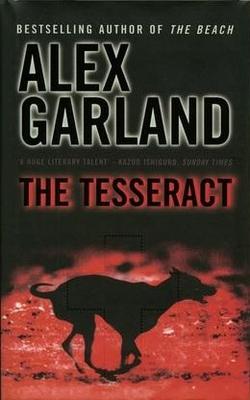 First edition (UK) | |
| Author | Alex Garland |
|---|---|
| Language | English |
| Publisher | Viking Press (UK) Riverhead Books (US) |
Publication date | 1998 (UK), 1999 (US) |
| Publication place | United Kingdom |
| Media type | Print (paperback) |
| Pages | 226 |
| ISBN | 0-670-87016-1 |
| OCLC | 40360022 |
The Tesseract is a novel by Alex Garland. It was initially published by Viking Press in 1998. [1] [2]